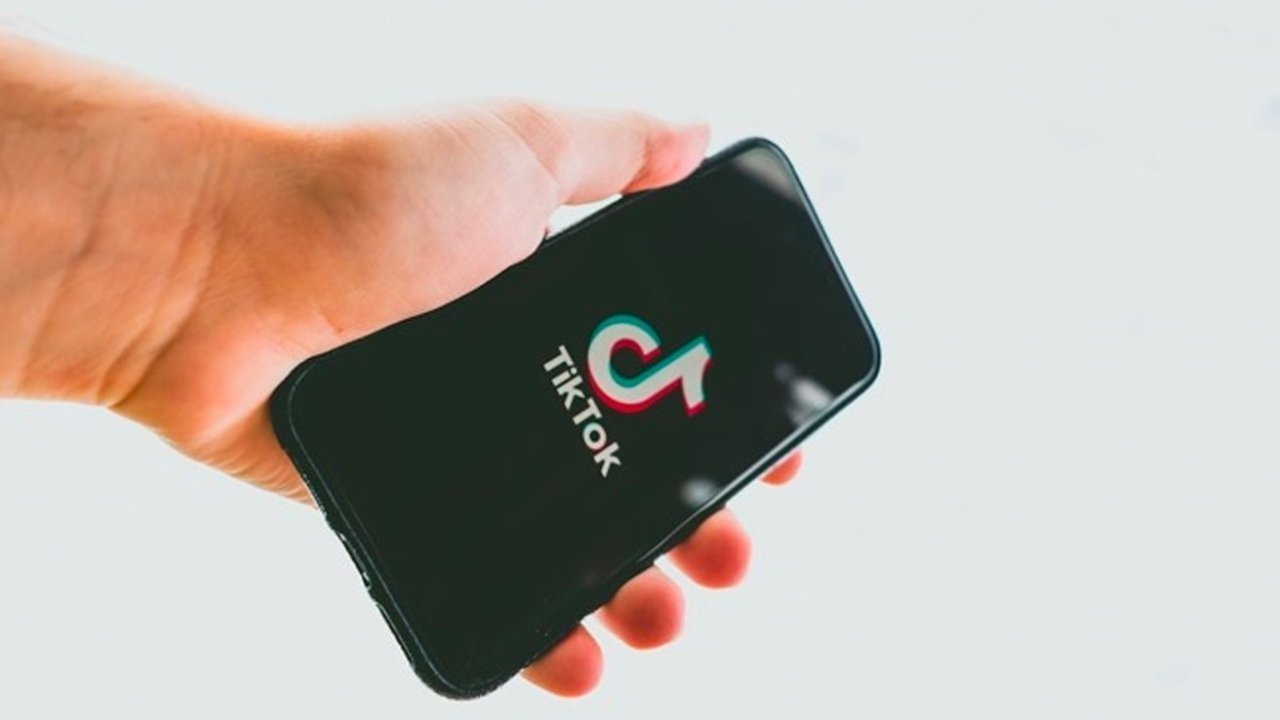The country’s objects and ideas, including matcha and emojis, that have had an outsize influence on the world.
Asian Pop
“J-pop” is an umbrella term encompassing a range of subgenres blending elements of Western and traditional Japanese music across various decades, but often it refers to the catchy, upbeat music that emerged in Japan in the late 1980s. This music soon made its way to other countries, including Korea, where it proved sonically influential and provided a model for the idol system, which relies on professionally trained groups of all-around entertainers. So while it’s K-pop that has more fully broken through on a global scale, J-pop helped pave the way.
Emojis
Reflective of a national interest in both electronics and kawaii, or cuteness, some of the first emojis were the work of the designer Shigetaka Kurita and were released on Japanese cellphones and pagers in 1999. Kurita’s set of 176 pixelated icons was acquired by New York’s Museum of Modern Art in 2016, by which point the software standards nonprofit known as the Unicode Consortium had agreed to make emojis recognizable across operating systems and Apple had added a keyboard for them to its mobile devices. Today, billions of emojis are sent daily around the world.
Instant Noodles
Momofuku Ando, the founder of Nissin Foods, invented instant noodles — which are flash fried and then dried — in his backyard shed in Ikeda in 1958. (He used a watering can to sprinkle them with chicken soup.) Starting in 1970, when Nissin began operating in California, they became a satisfying, inexpensive staple in the United States and beyond. Nissin maintains plants in countries ranging from Vietnam to Mexico to Hungary, with flavors varying slightly according to local tastes, and now has many competitors. Hence one of Ando’s catchphrases: “Mankind is noodlekind.”
Karaoke
The first karaoke-style machine, the coin-operated Sparko Box, debuted in Japan in 1967; by the mid-80s, karaoke venues were ubiquitous there and were beginning to change nightlife abroad too. The erstwhile Los Angeles establishment Dimples, which opened in 1982 — with a single stage, as opposed to the private singing rooms that were standard in much of Asia — is thought to have been the first of thousands of American karaoke bars. Canada, Finland and Britain were also enthusiastic adopters. Evidently, Japan’s salarymen weren’t the only ones willing to set self-consciousness aside for the brief chance to feel like a star.
Manga
An extension of the painted hand scrolls present in Japan around the 12th century, modern manga, or comics, took off in the country after World War II. American publishers soon released translated versions but, while a lot of anime started out as manga (“Sailor Moon,” “Attack on Titan”), in the United States people often come to the books, which typically feature black-and-white panels, after having seen the show or film. (One exception is the sought-after series “Witch Hat Atelier,” about a seamstress who wants to learn magic, the TV adaptation of which will debut later this year or next.) Manga now accounts for over half of all comics sales in the United States, comprising everything from science fiction to queer romance.
Matcha
The 12th-century Buddhist monk Myoan Eisai (also known as Yosai) helped popularize tea cultivation in his native Japan after observing the drink’s salubrious effects on trips to China. In Japan, advancements in growing methods eventually turned the tea plant’s leaves vivid green, and matcha — made by powdering those leaves and pouring hot water over them — came to anchor the country’s tea ceremony. Westerners slowly began to catch on in the 19th century, but the global matcha boom didn’t begin until roughly 200 years later. Today’s fans like its smooth energy boost, antioxidants and general attractiveness.
Mochi
Small cakes molded out of pounded sticky rice, mochi were a staple of Japanese court banquets for centuries and remain especially associated with the New Year, when they’re served in a clear, savory soup called ozoni and stacked in pairs and offered to the gods. Since the early 20th century, mochi have been sold at confectioneries in Hawaii and in Los Angeles’s Little Tokyo neighborhood — that’s where, in the early 1990s, the sweets-shop owner Frances Hashimoto began selling mochi filled not with the customary bean paste but with ice cream. The treats were an instant hit: “Mochi ice cream balls are the most appealing way to end a meal,” reads a 1998 New York Times review of one of the celebrated chef Nobu Matsuhisa’s restaurants; almost two decades later, self-serve mochi ice cream stations appeared at Whole Foods.
Selvage Denim
American G.I.s first piqued Japan’s interest in jeans, inspiring factories in Kojima, a coastal town long known for its textile production, to start making their own selvage styles. Beginning in the late ’70s, designers in Osaka followed suit with versions whose craftsmanship matched or surpassed that of a pair of vintage Levi’s. Selvage jeans are made of sturdy cotton yarn that’s twisted and dipped into indigo before being woven on a shuttle loom, which produces no raw edges. (The pants should mold to the body and, it’s said, be washed sparingly.) The pieces became hot commodities in the States and elsewhere and remain part of the international denim landscape.
Sushi
Sushi was a fermented dish before morphing into the mounds of vinegared rice garnished with raw fish that street vendors sold in early 19th-century Edo (now Tokyo). Japanese immigrants brought the food to Los Angeles about a century later, but sushi didn’t become prevalent in the United States until the 1970s, when it was embraced by businesspeople with knowledge of Japan and by followers of the countercultural health food movement. (A 1977 article in Esquire titled “Wake Up, Little Su-u-shi, Wake Up!” emphasizes the nutritiousness of Japanese cuisine.) The California roll and other Western permutations proliferated and now, thanks to an ample refrigerated supply chain and both because of and despite overfishing, sushi can be found around the world.
Wabi-Sabi
Rooted in Zen philosophy and integral to the Japanese tea ceremony, which rejects slick accessories in favor of a more rough-hewn beauty, the wabi-sabi aesthetic embraces that which is imperfect and impermanent: a chipped and weathered bowl; a passed-down, threadbare rug. In 1994, the American designer and writer Leonard Koren published the book “Wabi-Sabi: For Artists, Designers, Poets & Philosophers” and, eager for an antidote to their consumerist and ever more digital lives, his intended audiences took note — as did therapists. Now almost everyone agrees that it’s more appealing, and human, when things are a little bit off.











